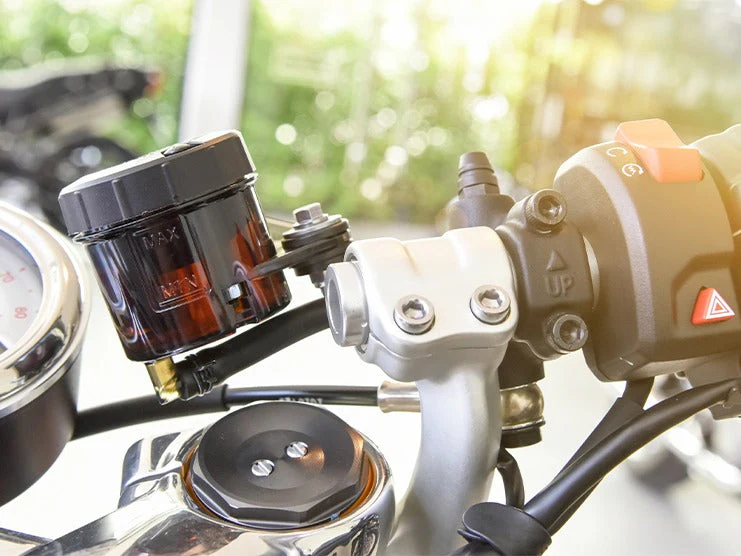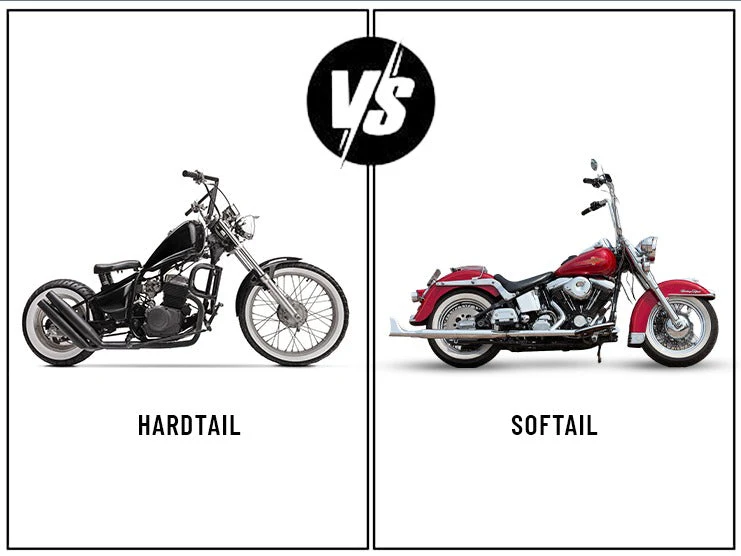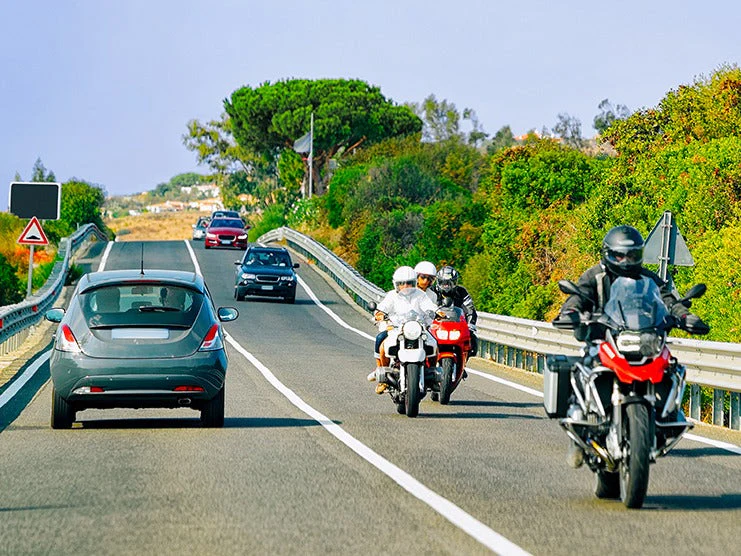Just as blood is essential for humans, motorcycle brake fluid is necessary for a reliable braking system. A brake fluid is a hydraulic fluid that helps the brake components move without friction. When the brakes are applied, the pressure generated in the brake fluid causes the brake pads to press against the discs to slow down and eventually stop the rotation of the wheels. Therefore, good-quality brake fluid is required for effective motorcycle braking.
If you check the service and maintenance page in the motorcycle’s owner manual, the recommended time to replace the brake fluid should be every two years. However, most motorcyclists ignore this instruction and continue using the old brake fluid.
This article explains how to tell if your motorcycle brake fluid has gone bad, the impact of bad brake fluid on your motorcycle, and why it goes bad.
Table of Content
1. Frequently Asked Questions (FAQs)
1.1 Why Does Brake Fluid Go Bad?
Motorcycles use a high-quality hydraulic fluid known as Dot 4 brake fluid. It is ideal for braking due to its high boiling point, being able to handle high temperatures without evaporating. Due to the braking system generating high temperature and pressure when pressed, the brake fluid should be of the highest quality to ensure safer braking. However, Dot 4 brake fluid contains hygroscopic substances that built up moisture which can cause the quality to degrade. Water has a lower boiling point than the Dot 4 brake fluid, so moisture trapped in the brake fluid can cause it to overheat more easily even when lightly applying the brakes. Brake fluid mixed with water is considered bad brake fluid.
1.2 What is Brake Fade and Why Does it Occur?
Brake fade is a sharp decrease in braking power often due to bad brake fluid. Your motorcycle’s brakes tend to operate fine if you are riding between 40-50 mph. However, if you are riding at highway speeds with bad brake fluid, your brakes will gradually fade away until they eventually fail.
1.3 How Often Should You Replace Brake Fluid?
Bad brake fluid can cause your motorcycle’s braking system to fail at high speeds. To avoid this, the brake fluid should be replaced every two years. You should also check your motorcycle owner’s manual to confirm when to change the brake fluid. Even if your brake fluid container has 3% moisture and 97% brake fluid, it should be replaced.
Also Read: 10 SIGNS YOUR MOTORCYCLE NEEDS AN OIL CHANGE
2. How to Tell if Your Motorcycle Brake Fluid Has Gone Bad
2.1 By Checking the Color (Visual Test)

A common way of confirming whether your motorcycle brake fluid has gone bad is by conducting a visual test. The motorcycle brake fluid reservoir is located near the front brake lever on the right side of the handlebars. A visual test allows you to check whether the brake fluid is contaminated and its current level.
Some motorcycles have metal brake fluid reservoirs, while others have transparent ones. The transparent brake fluid reservoirs are commonly found on sports bikes, allowing you to easily check the color and level of the fluid. If the color is dark yellow, it means that your brake fluid has gone bad and should be replaced.
Similarly, motorcycles with metal brake fluid reservoirs have round openings on the front side with metal inside the opening. If the metal has a shiny chrome color, it means that your brake fluid is in good condition. However, if the metal inside the opening has turned dark yellow, the brake fluid should be replaced.
2.2 By Checking the Rigidity of the Front Brake Lever (Feel Test)
Another simple test you can perform is pressing the front brake lever. A working braking system with good brake fluid should have a brake lever that is responsive and rigid when pulled. Meanwhile, a brake lever with bad brake fluid will squeeze more and feel spongy when pulled.
2.3 By Using a Brake Fluid Tester

A brake fluid tester is a small pen-shaped machine that can detect the percentage of water in the brake fluid. If you are unsure how to remove the brake fluid reservoir cap or open the diaphragm, consult a mechanic. Dot 4 brake fluid can be corrosive and requires wearing safety gloves while testing. After removing the brake fluid reservoir cap, dip the side of the brake fluid tester with battery terminals and press the button to turn it on. You will see a green light showing 0% water contamination initially. As soon as it is dipped in, the yellow and red lights turn on depending on the concentration of water in the brake fluid. If there is 1-2% of moisture, the yellow light will turn on, and if it is 3% or above, the red light will also turn on.
3. Takeaway
A working braking system and good-quality brake fluid are important for reliable braking. Therefore, you must regularly check the color and level of the motorcycle brake fluid to avoid brake fade or failure. If you are a motorcycle enthusiast, you can easily test your brake fluid by checking its color and the brake lever without buying a brake fluid tester. However, if you have just started riding a motorcycle, you can buy a brake fluid tester to test the brake fluid. Make sure to wear gloves if you are handling corrosive Dot 4 brake fluid. Also, if its moisture level is 3% or above, the brake fluid needs to be replaced.
It is important that you keep your motorcycle well-maintained to enjoy comfortable and safe rides. There are several aftermarket parts available at Viking Bags that can be installed on your motorcycle to improve its performance, aesthetics, and comfort. These aftermarket parts include sissy bars, crash bars, fairings, and handlebars. There are also different luggage options available at Viking Bags, including saddlebags and sissy bar bags that allow you to carry more luggage on motorcycle trips.













Leave a comment
All comments are moderated before being published.
This site is protected by hCaptcha and the hCaptcha Privacy Policy and Terms of Service apply.